Behold Dartmoor National Park, the wild and romantic uplands of south Devon. It's a place of granite tors, rushing rivers and wild ponies, a geologist's paradise and a haven for internationally important blanket bogs and rare mosses, bats, bugs and butterflies.
You may think of it like this:
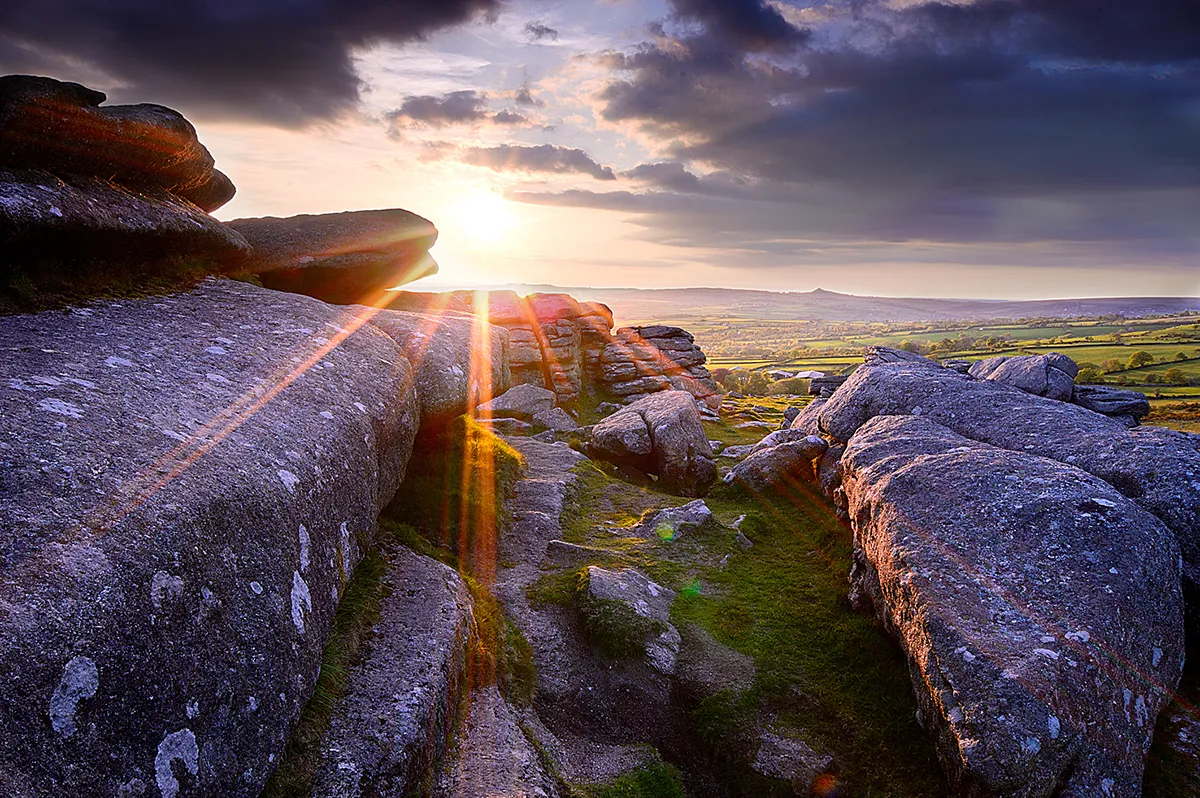
But probably not like this:
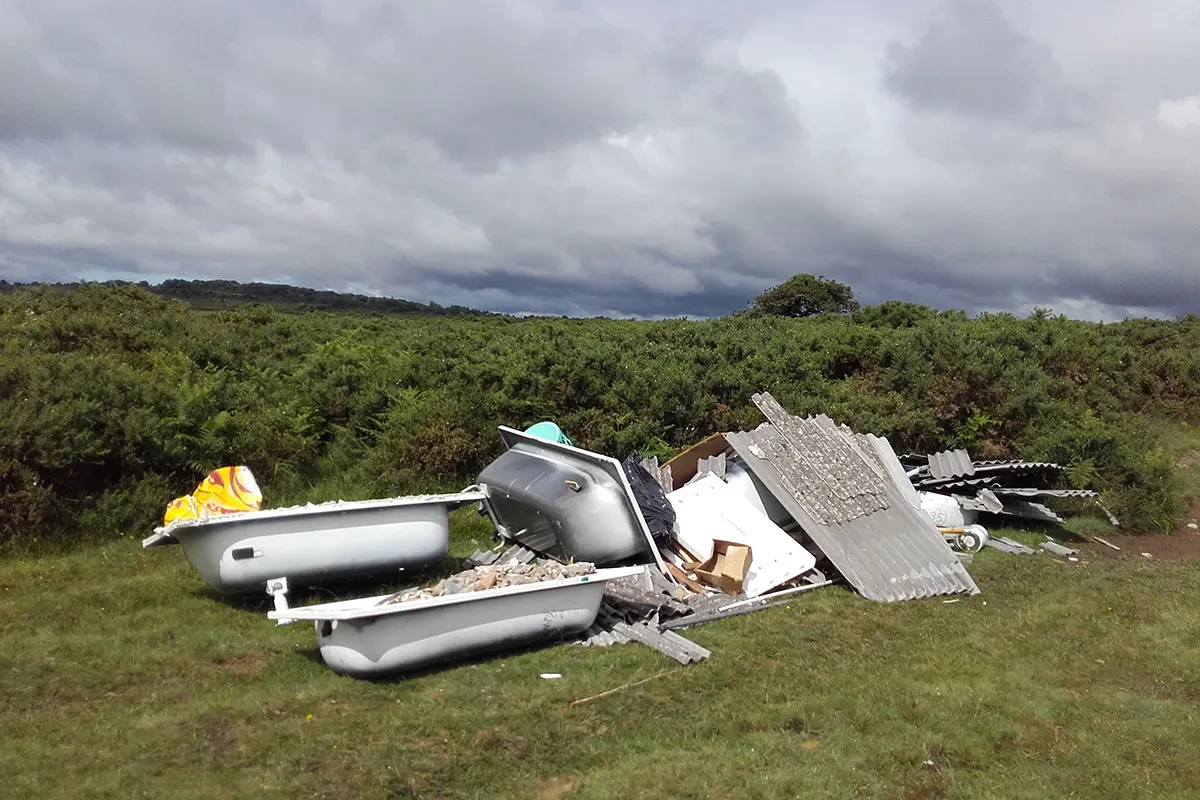
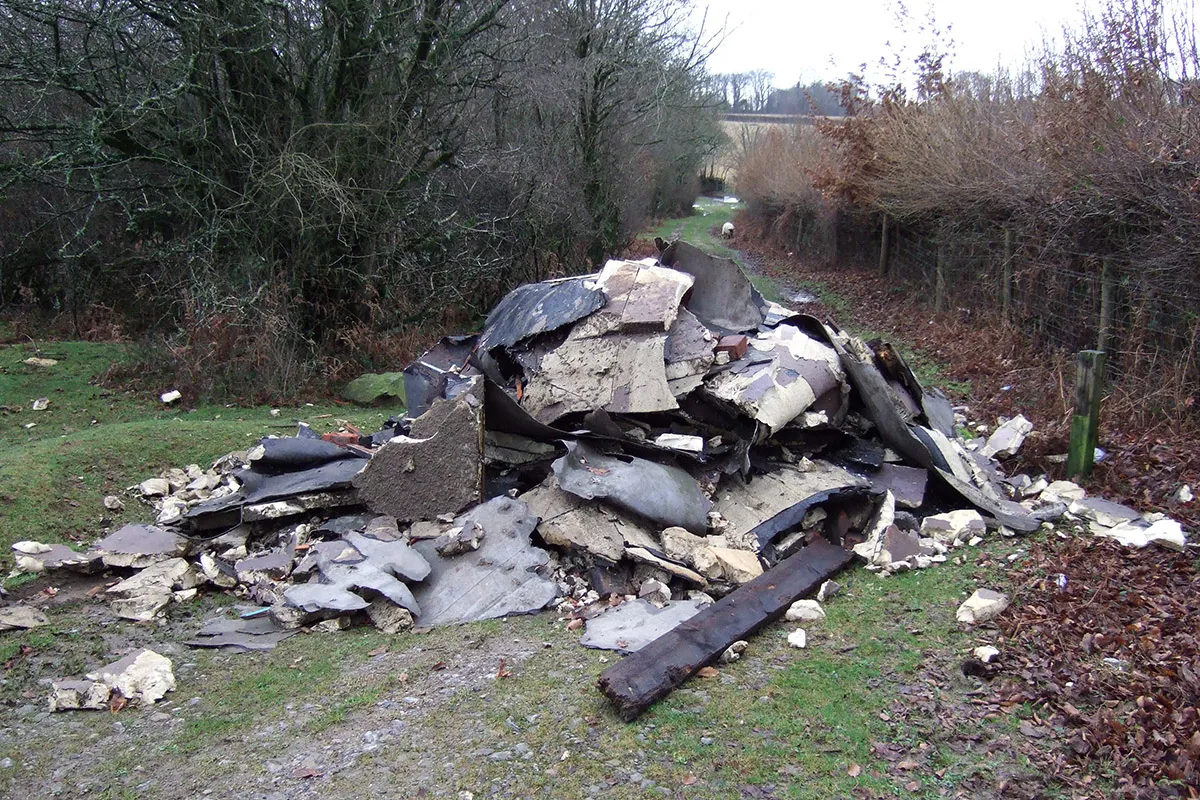
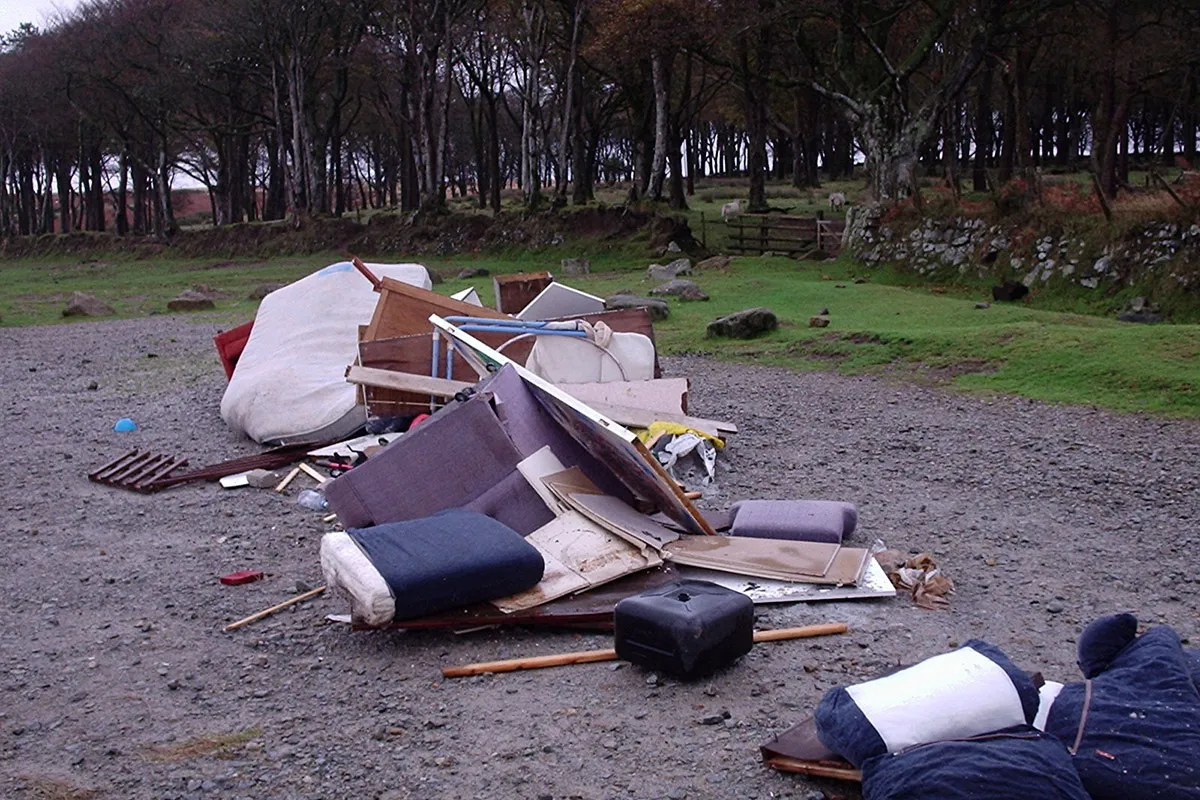
Sadly, Dartmoor's woes are not unique. Fly-tipping is on the rise again across the country and scenes like this are becoming increasingly common in national parks, nature reserves, woodlands and waterways.
Illegal dumping of waste topped 936,000 cases in England alone in 2015/16. Local councils are now spending £50million a year clearing up the mess, according to the latest figures from the Department of Food and Rural Affairs (Defra).
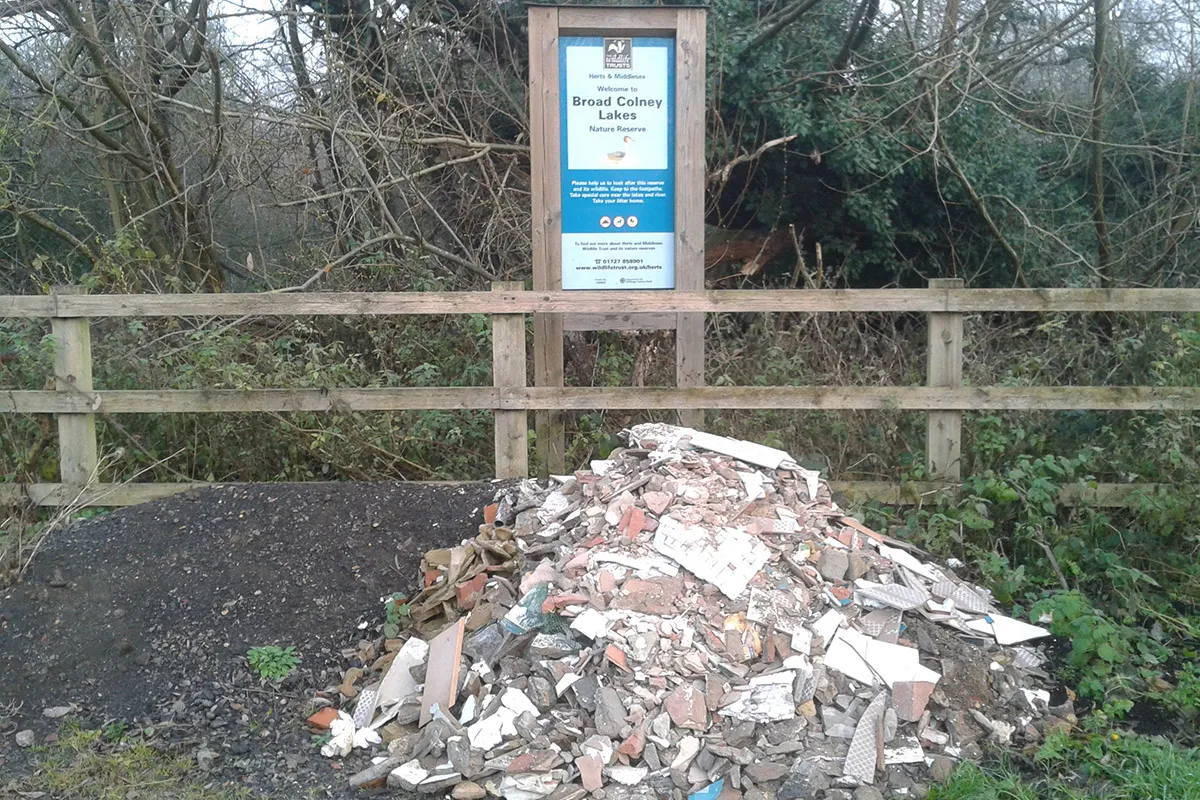
Campaigners blame the the problem on cuts to waste collection services, saying some have taken this as an excuse to illegally dump fridges, furniture, rubble and tyres wherever they want. All too often it ends up in beauty spots.
Feast your eyes on the Peak District, Britain's first national park. Its moors and dales, springs and rivers are a walker's paradise and the green lungs of cities such as Sheffield and Manchester.

But it hasn't escaped the fly-tipping scourge.
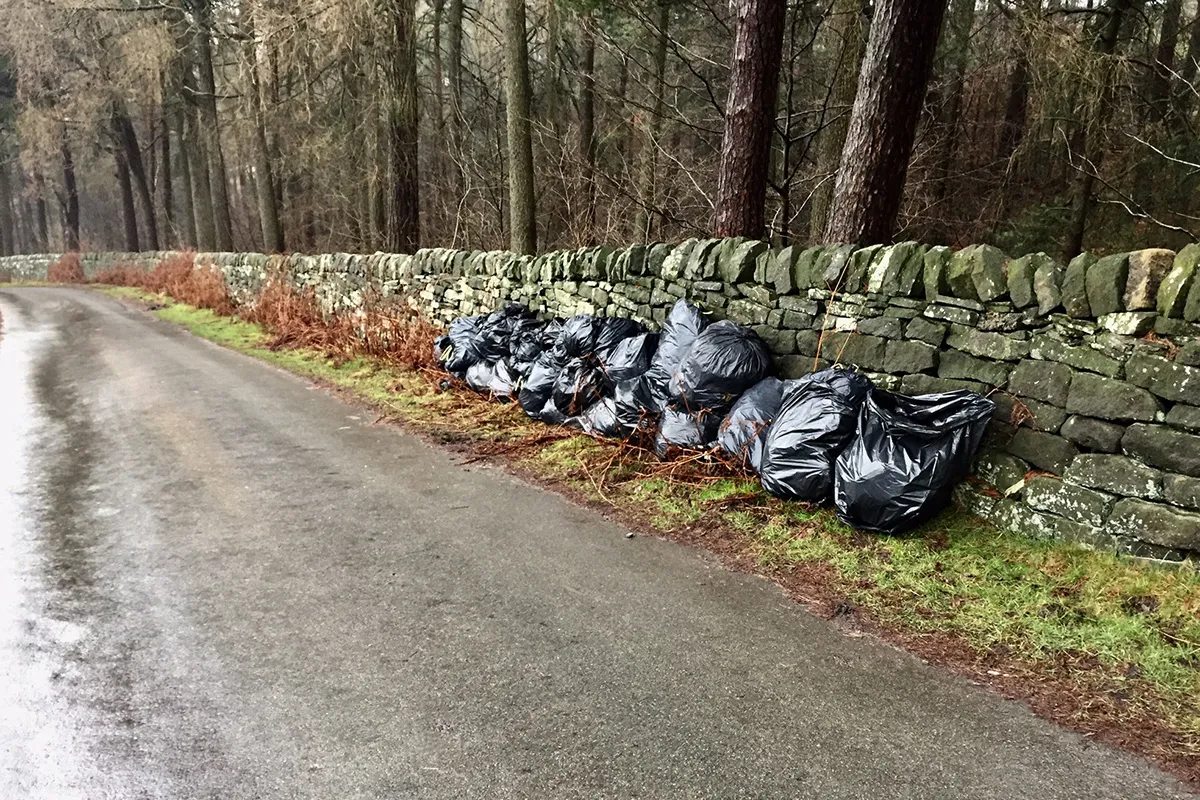
Although it is generally the responsibility of local authorities to remove fly-tipping waste, local landowners, national park rangers and charities frequently end up doing the dirty work.
This is what the Canal and River Trust recently pulled out of the Oxford Canal, near Banbury.
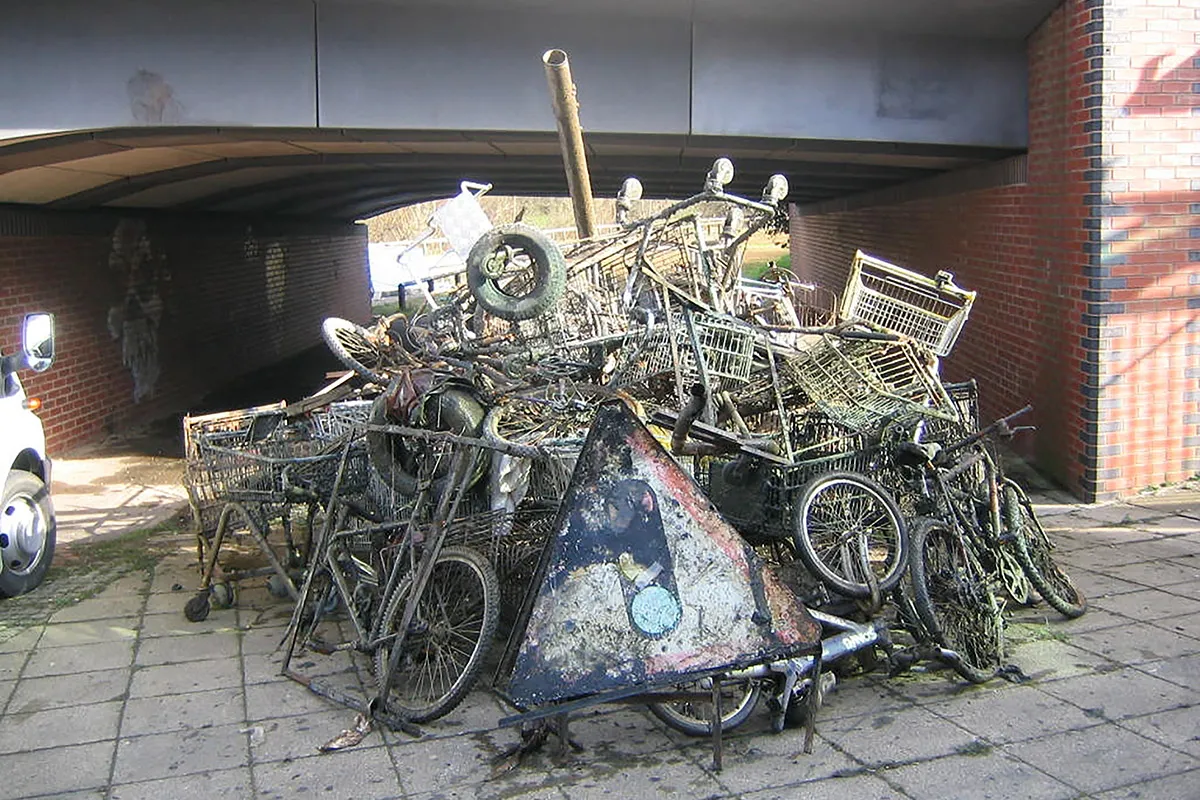
And this is what the Marine Conservation Society removed from a beach on the Wirral.
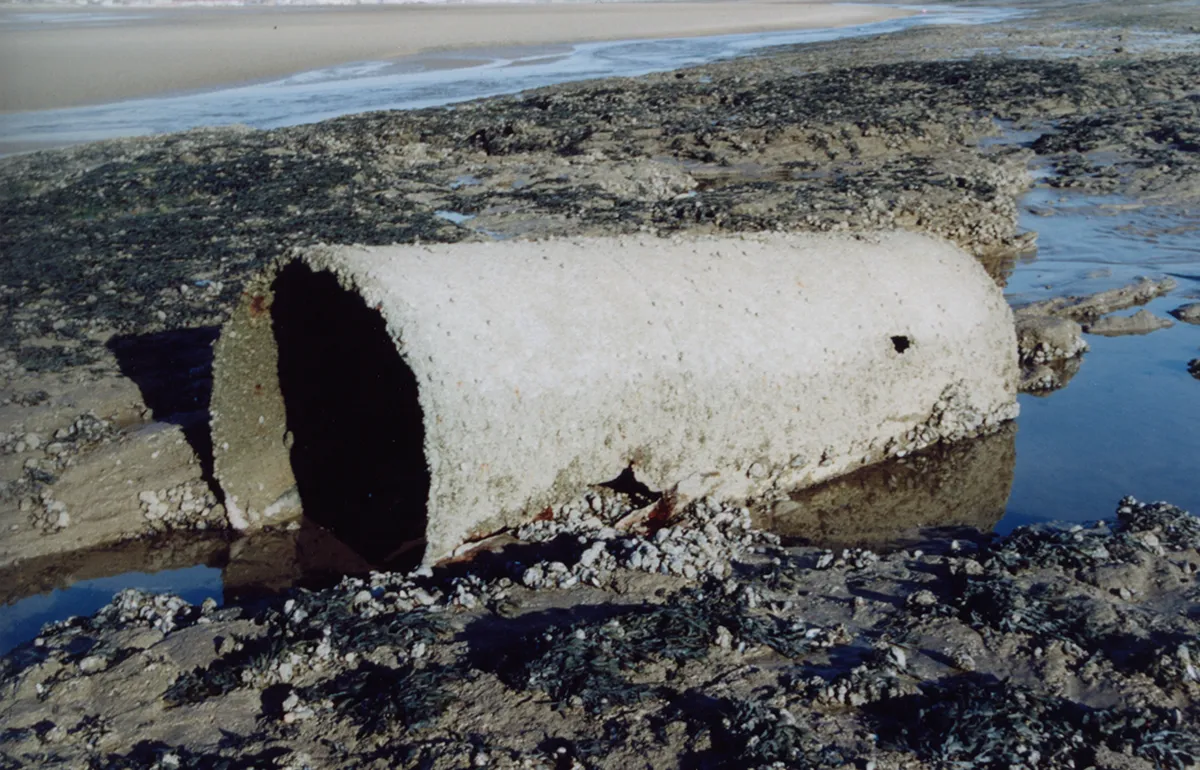
Here is a young woodland recently planted by the community at Theydon Bois, on the edge of the Epping Forest in Essex. The mixed broadleaved trees were just starting to get established, forming a bridge with the ancient woodland nearby and encouraging animals and birds to move in.
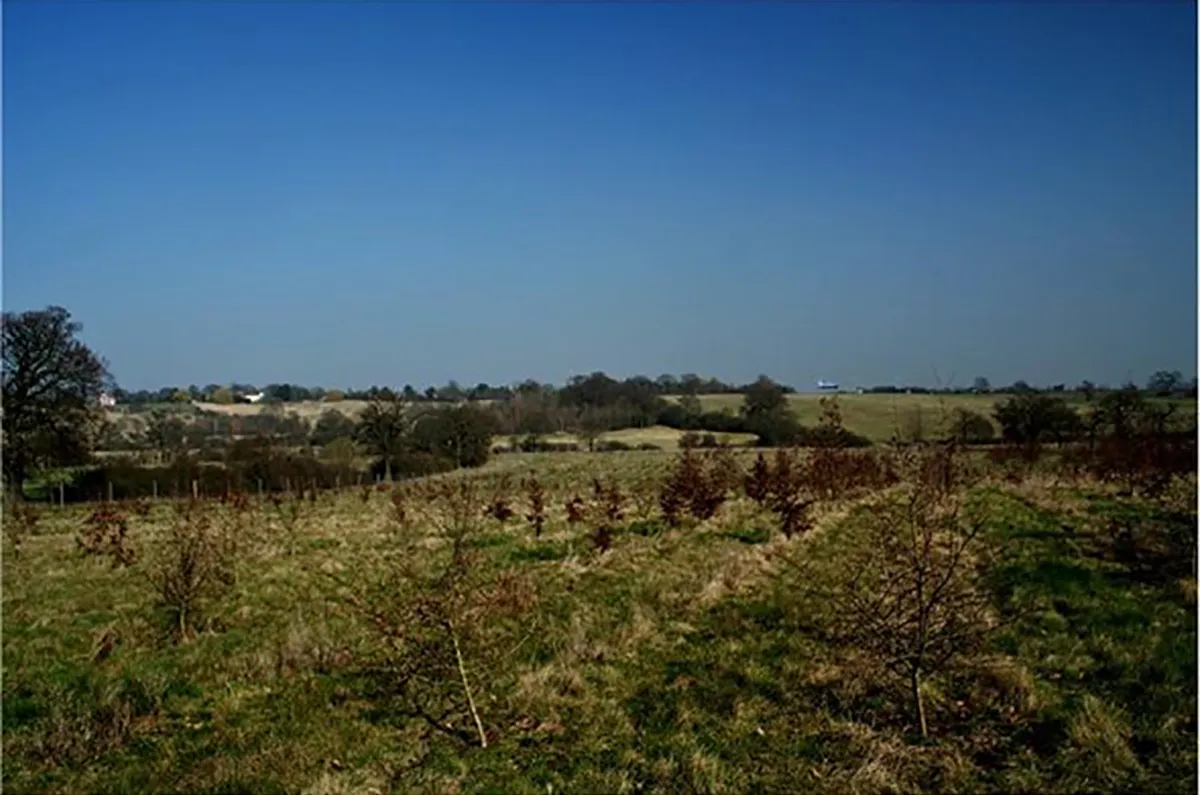
Then this happened:
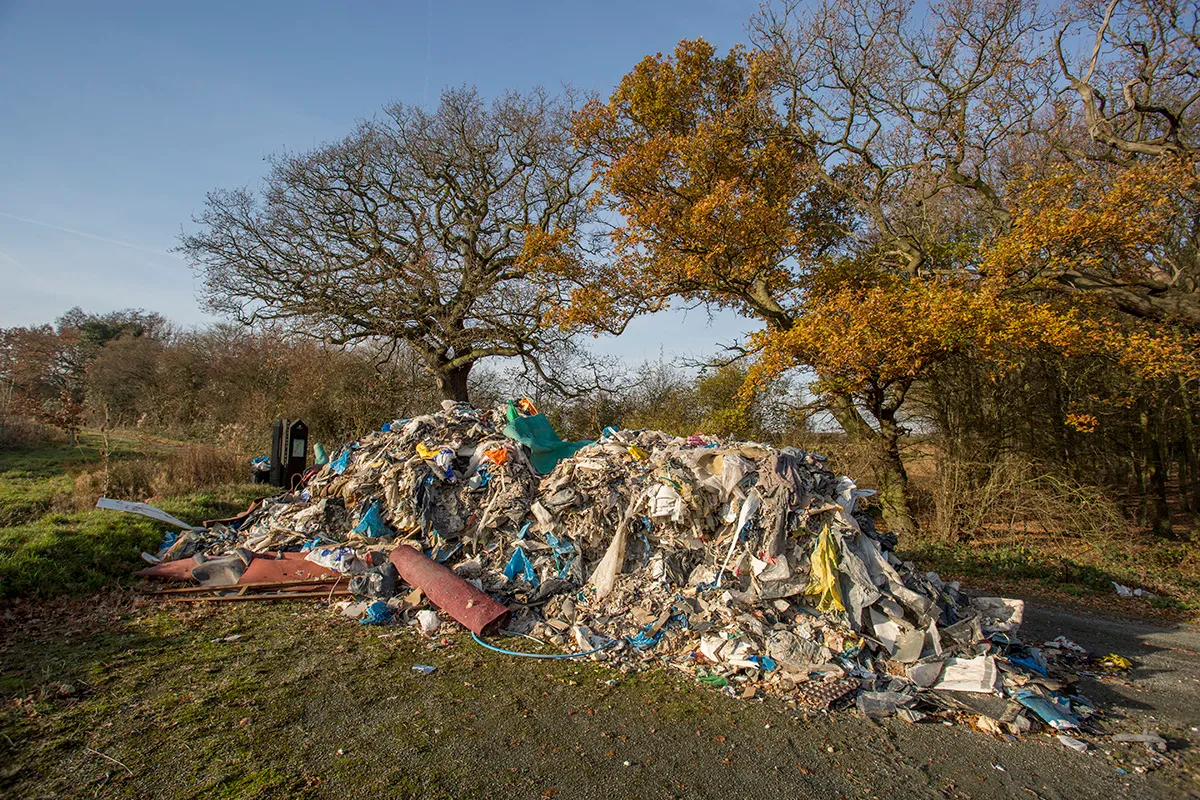
It was devastating for the Woodland Trust, which has suffered its worst year on record for fly-tipping, with 200 incidents of rubbish being dumped in its woods and land, costing over £40,000 to clear up.
Many nature reserves run by the Wildlife Trusts are affected too. This is Frays Farm Meadows, a rare wildlife haven for some of London's threatened species, managed by London Wildlife Trust.
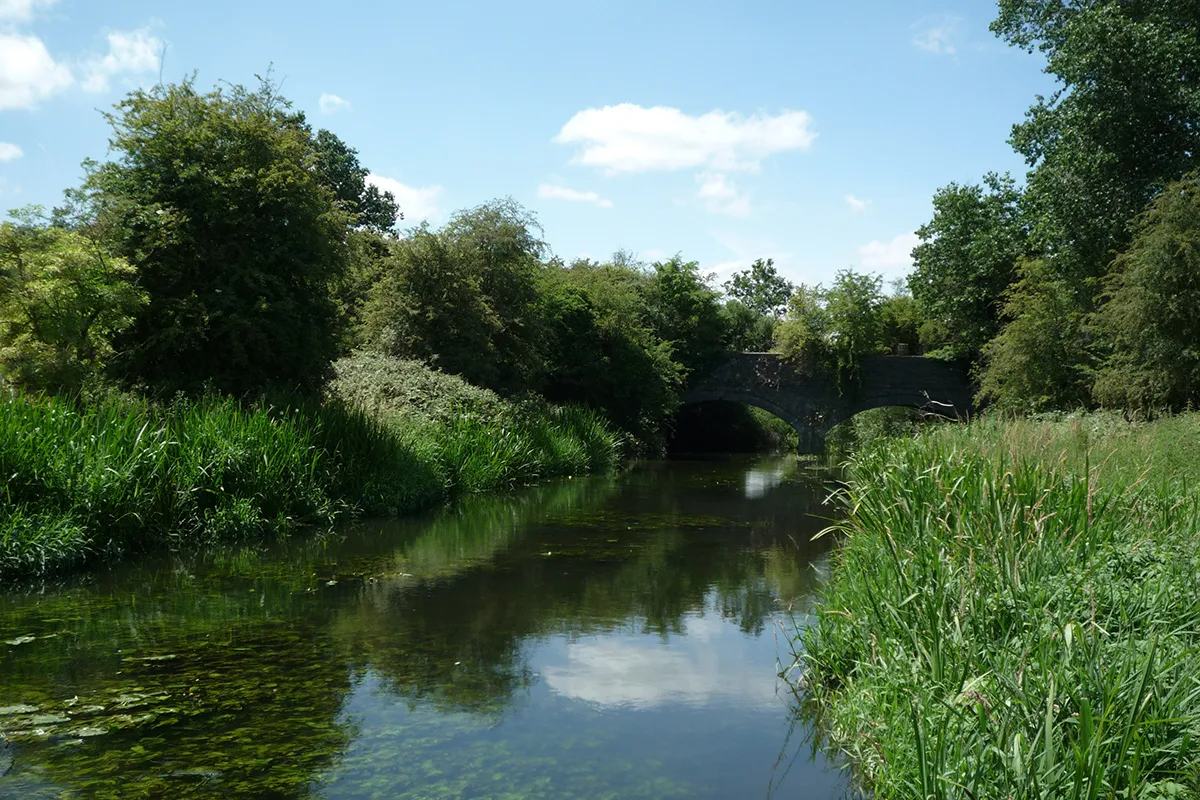
And here's what it looked like when fly-tippers paid a recent visit.
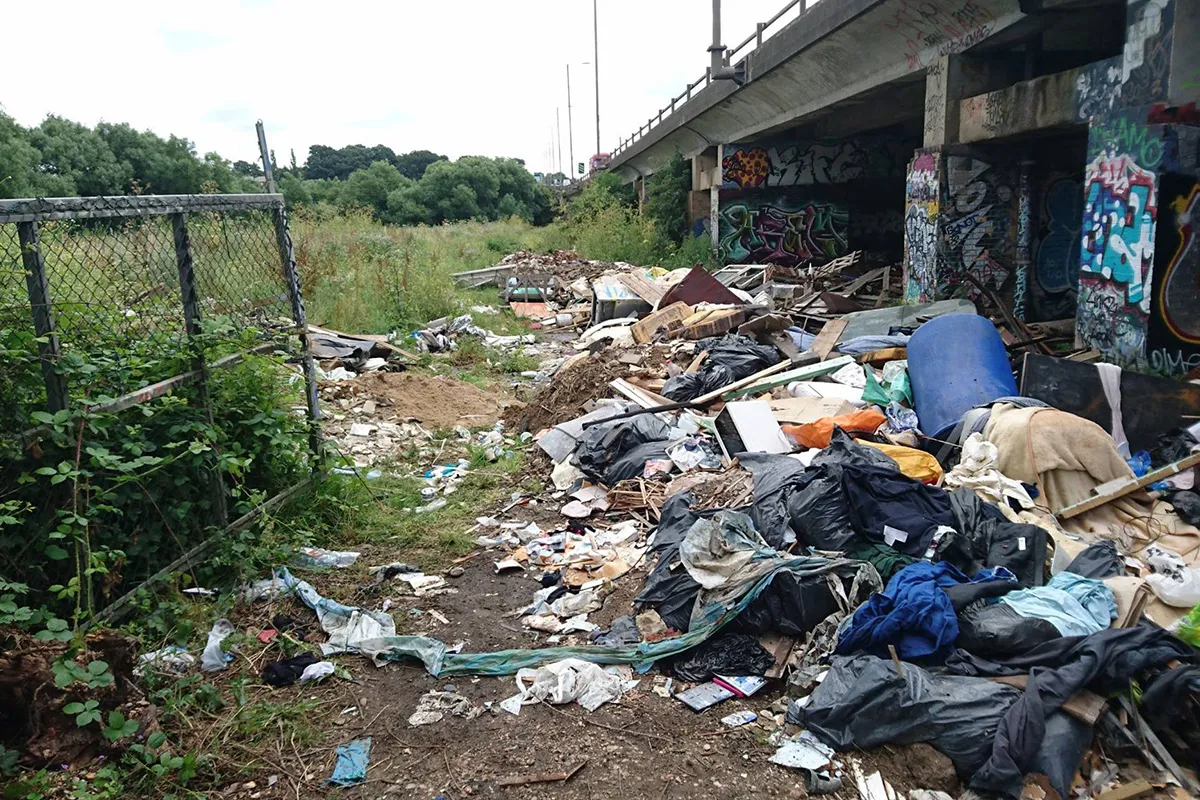
Prosecutions are extremely rare but some charities have got innovative. Fly-tipping Action Wales and Zero Waste Scotland have joined forces to develop FlyMapper, a web-based system used to record, photograph and plot fly-tipping incidents onto a national map using a smartphone app.
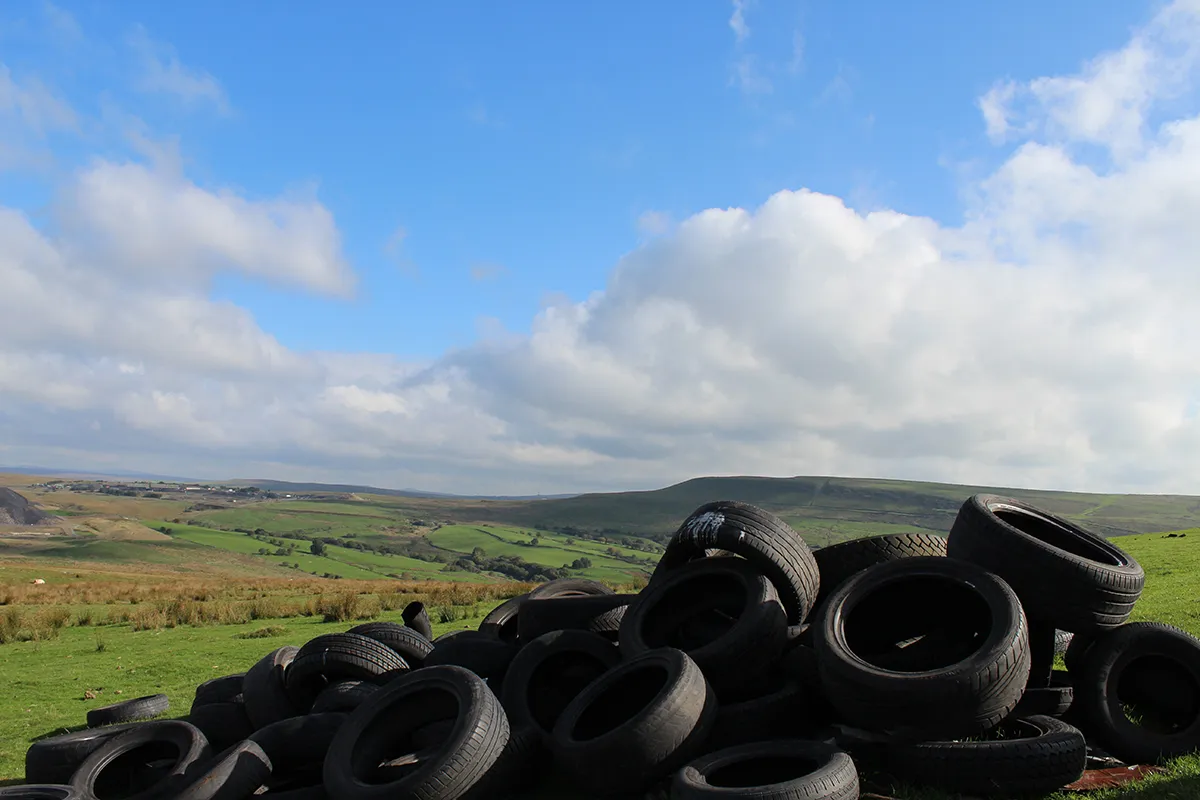
Fly-tipping, though, is just the tip of the waste iceberg.
Litter costs the UK taxpayer £1billion every year and prompted Keep Britain Tidy to launch this year's Great British Spring Clean, a campaign to encourage 500,000 volunteers to tidy up their neighbourhoods throughout March. We associate the problem with towns and cities but our green spaces are badly affected too. The Yorkshire Dales national park is a stunning limestone landscape springy with heather, crisscrossed with drystone walls and lush with sheep pasture. Here's Pen-y-Ghent, one of the fells on the Yorkshire Three Peaks circuit, enjoyed by 60,000 walkers a year, the vast majority of whom are considerate towards their surroundings.
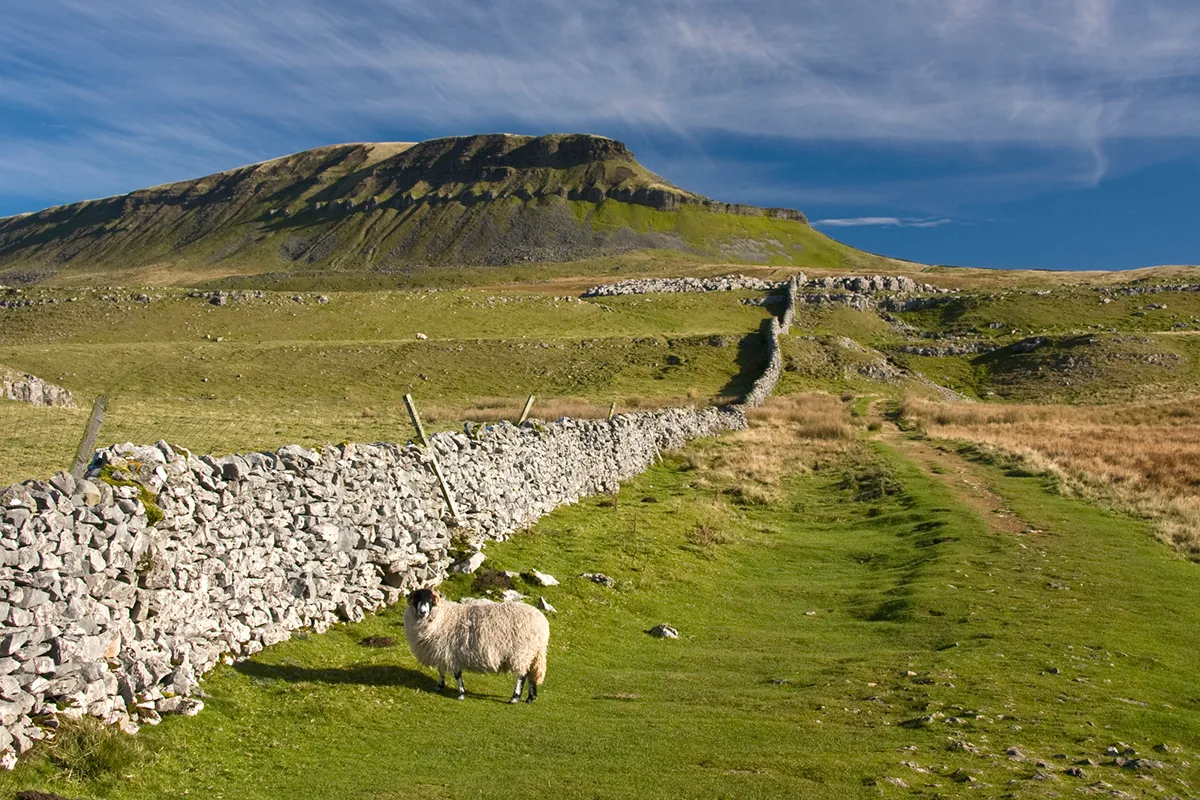
However, when a farmer left a bucket with some walling stone at the foot of the fell in January, some people began dumping their leftover lunches and dog waste in it, until the scene looked like this:
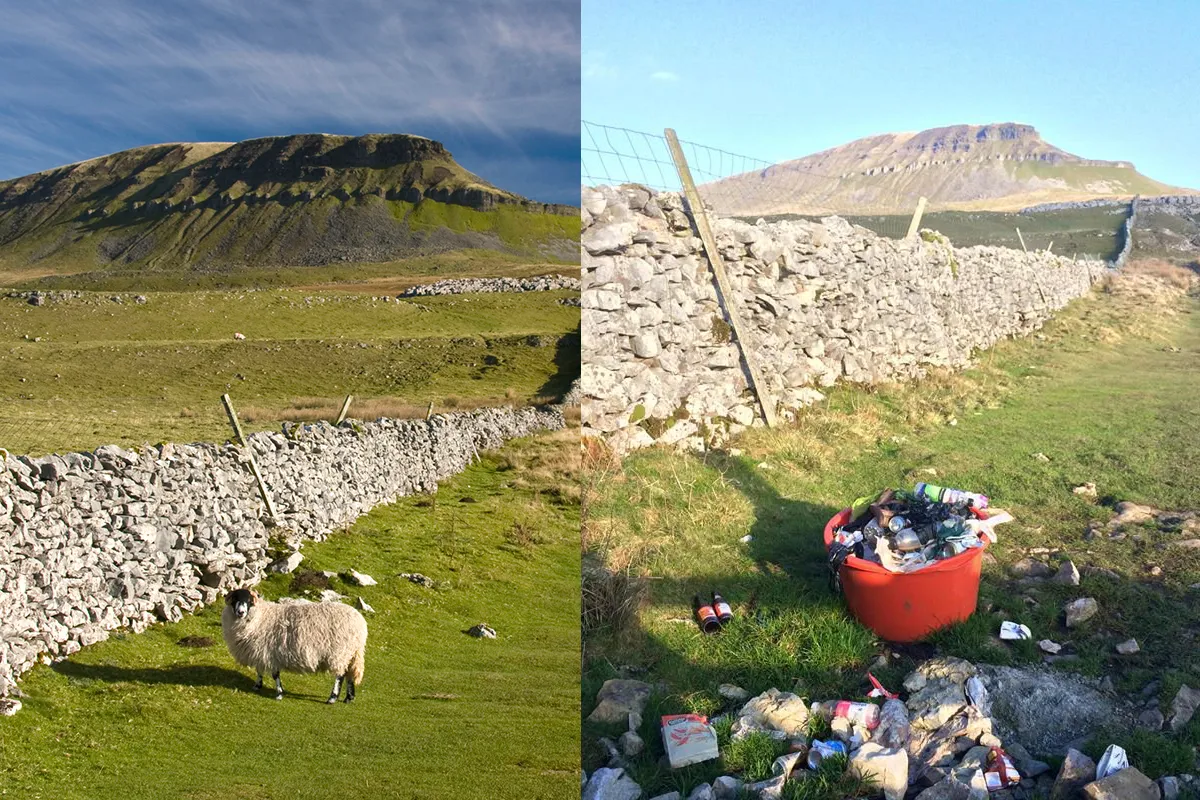
Careless Campers have abandoned tents and sleeping bags in the Lake District in recent years and this month Loch Lomond & Trossachs national park introduced a ban on wild campers for much of the year, fed up with the detritus left in their wake.
Ben Nevis was nicknamed ‘Bin Nevis’ last autumn after volunteers cleared 267kg of litter from Scotland’s highest peak, including plastic bottles, banana skins and a discarded sex toy.
And in January, tourists were accused of using Snowdon as a toilet by dumping rubbish on the Welsh summit.
Here is the view from the summit of Snowdon, rooftop of Wales, an iconic ice-sculpted pyramid wrapped in Arthurian legend, dotted with rare plants and loved by walkers and wildlife watchers across Britain.

And here are some recent views from the bottom of Snowdon at the popular Pen-y-Pass car park.
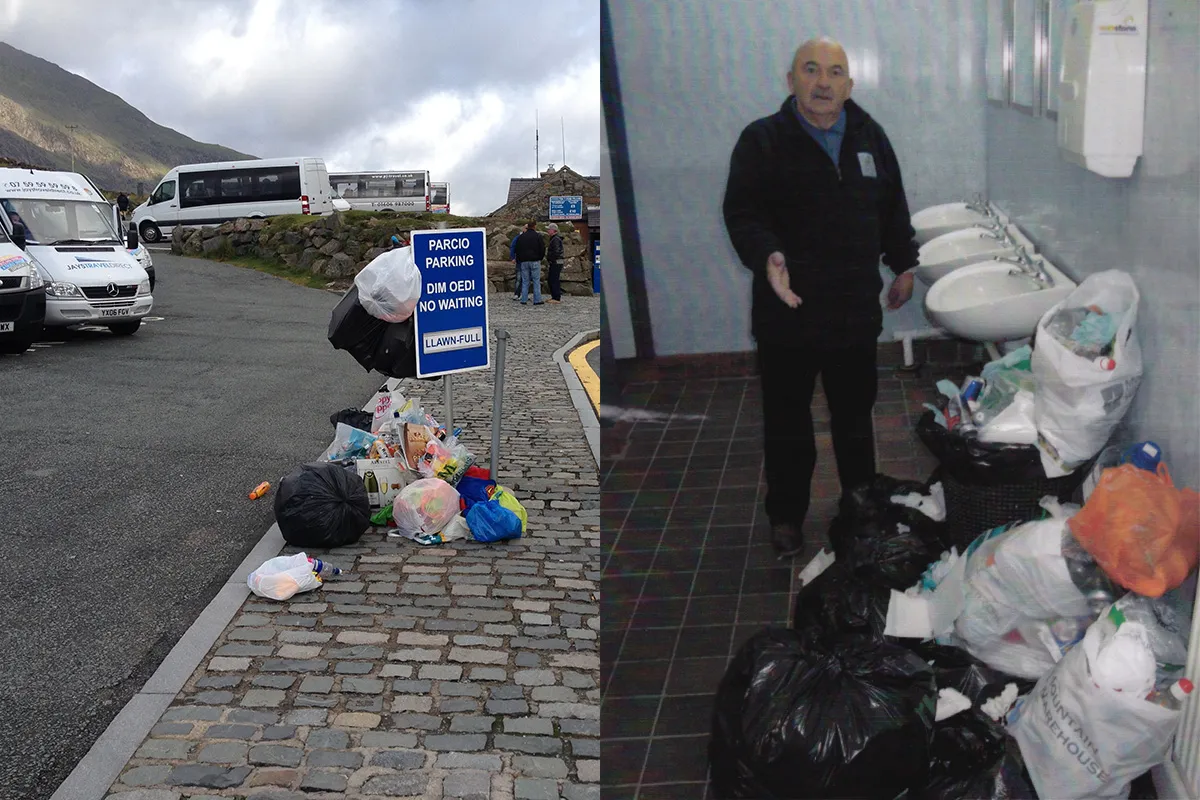
However, before we wring our hands too much about the state of the 21st century's throwaway society, it might be worth having at look at this picture of the Peak District taken almost a century ago in the 1920s.
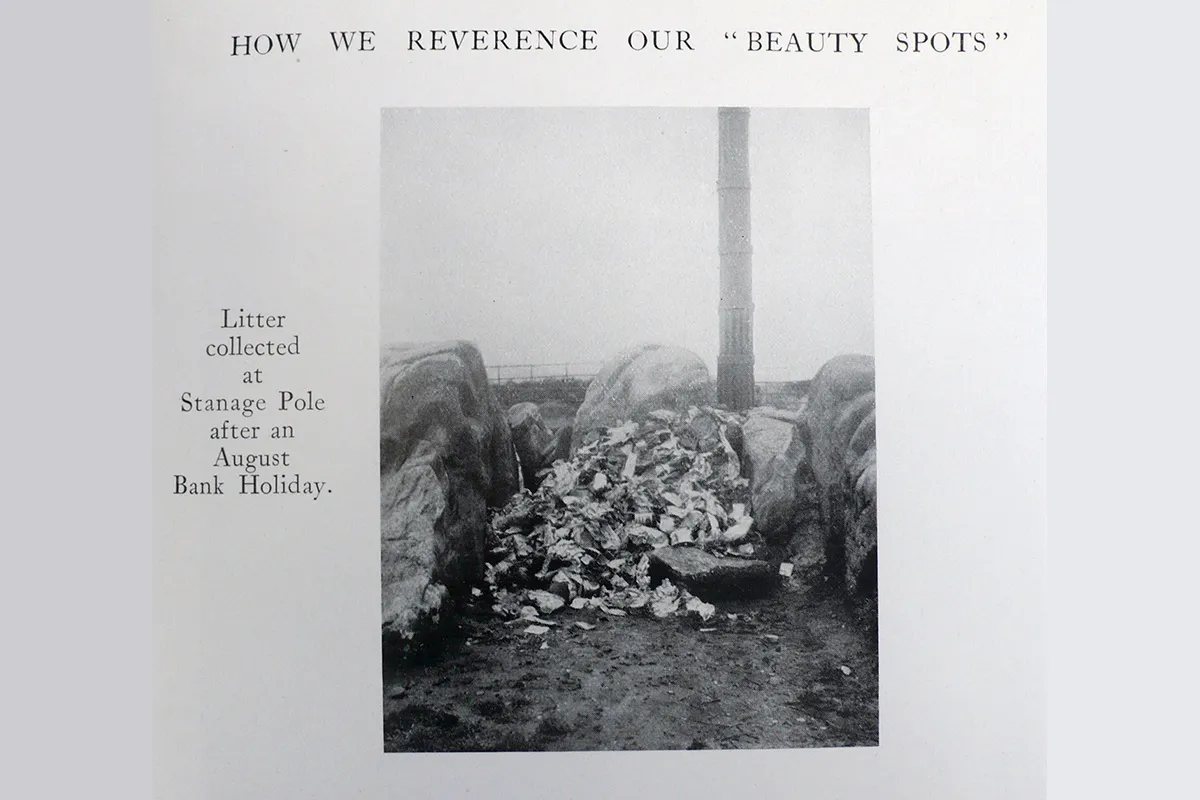
Andy Farmer, the Peak District national park's outreach development manager surely sums up the feelings of people everywhere who respect the greenness and pleasantness of our sceptred isle: “We would urge people to use household waste and recycling centres to dispose of their unwanted items and to help us to protect and care for the natural beauty of our land for everyone to enjoy."
